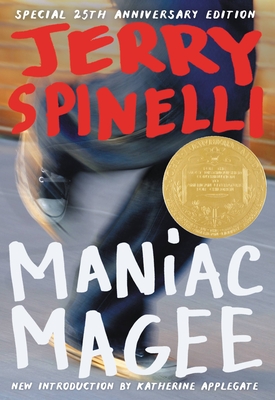Bibliography
Bond, V., & Simon, T. R. (2010). Zora and me. Somerville, MA.: Candlewick.

Zora and Carrie live in the little town of Eatonville, where they spend their time with their friend Teddy, and frequently go swimming in the Blue Sink (what they call their local swimming hole). Zora and Carrie witness an alligator attack and rescue a local elderly woman from drowning, but Zora is very suspicious of the accidents. The girls try to figure out if a local man is really half alligator, and after a migrant worker is found headless on the train tracks, Zora and Carrie decided to figure out what is really going on in their sleepy little town.
My Thoughts:
I really couldn't put this book down. I love a good murder mystery, and this fictionalization of the early life of Zora Neale Hurston definitely delivered. I was also surprised to learn that this book is a fictional version of the early life of literary figure Zora Neale Hurston. Overall, a great read--it's easy for me to see why it was selected for a Coretta Scott King award!
Professional Reviews:
*The childhood of African-American literary giant Zora Neale Hurston is
brought to life with this fictionalized account. At the turn of the 20th
century, in the all-black town of Eatonville, Fla., Young Zora is
considered both a brilliant storyteller and the town liar. Her best
friend, Carrie, the "me" of the title, is drawn into Zora’s family and
story world after her father leaves for work and never returns home.
Zora’s stories about a shape-shifting alligator take on a life of their
own when two murders occur around Eatonville. The suspect is a reclusive
neighbor, Mr. Pendir, whom Zora is convinced is the “gator man.” Yet
the answer is much more prosaic, as the segregated world outside
Eatonville encroaches upon their town in the form of traveling man Ivory
and the preternaturally beautiful yet mysterious Gold. The brilliance
of this novel is its rendering of African-American child life during the
Jim Crow era as a time of wonder and imagination, while also attending
to its harsh realities. Absolutely outstanding.
(2010, September 15). [Review of the book Zora and me by Victoria
Bond and T.R. Simon]. Kirkus Review. Retrieved from http://www.kirkusreviews.com/book-reviews/victoria-bond/zora-and-me/
*Excerpt of review: Where is the black version of Caddie Woodlawn (a 19th-century Wisconsin tomboy) or Harriet the Spy (a 20th-century Upper East Sider), smart, spunky, fictional heroines for the tween crowd? Tanya Simon, a literary agent, asked herself that question while pregnant with her daughter, now 4. She answered by reaching back in time to Zora Neale Hurston, a canonical Harlem Renaissance writer, and imagining her as a girl detective. Ms. Simon and her close friend Victoria Bond put flesh on that idea with “Zora and Me,” an evocative mystery published last month by Candlewick Press.
Lee, F. (2010, November 2). Revered Writer Becomes Girl Detective
[Review of the book Zora and me by Victoria Bond and T.R.
Simon]. New York Times. Retrieved from http://www.nytimes.com/2010/11/02/books/02zora.html
Suggested Activities:
Have children make up their own tall tales, complete with illustrations. I would like to then make an e-book copy of the tales and make them available to the children and their parents. Image Source:
http://www.candlewick.com/images/cwp_bookjackets/648/0763658146.jpg


